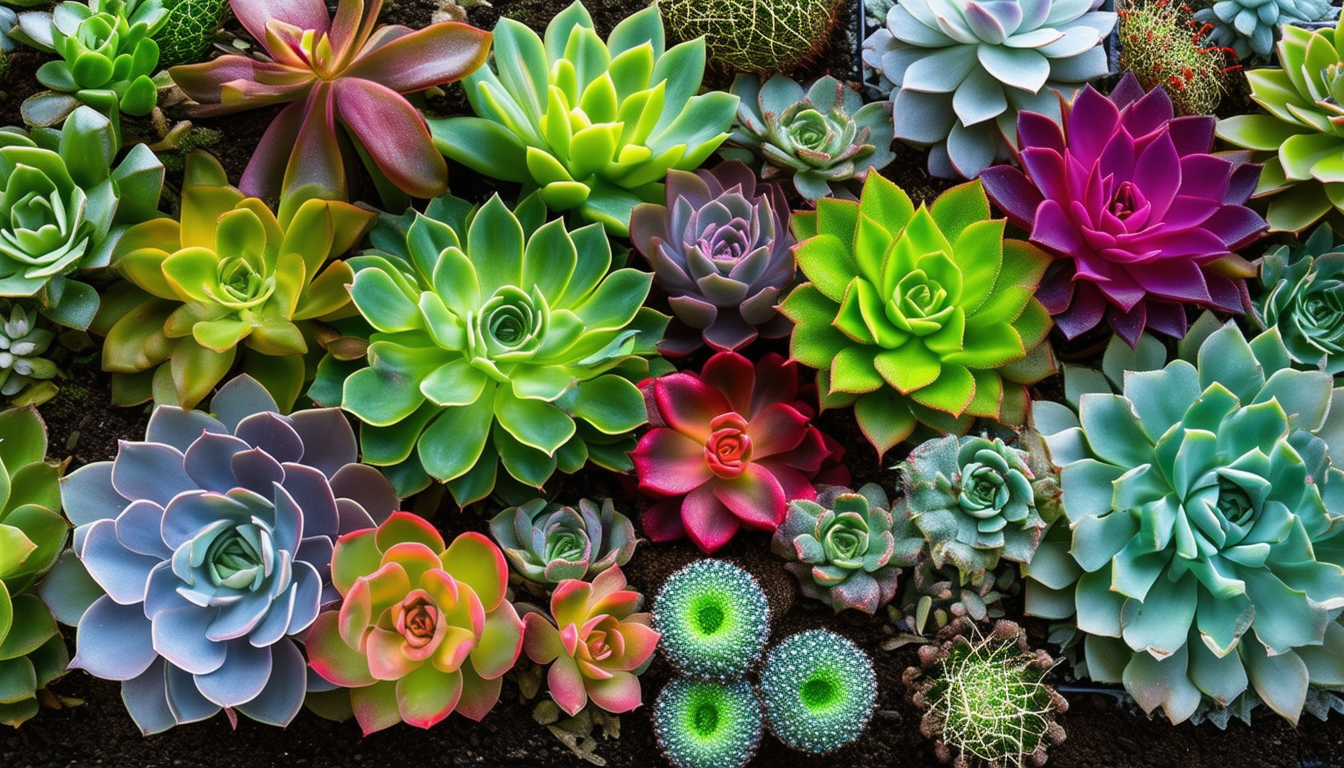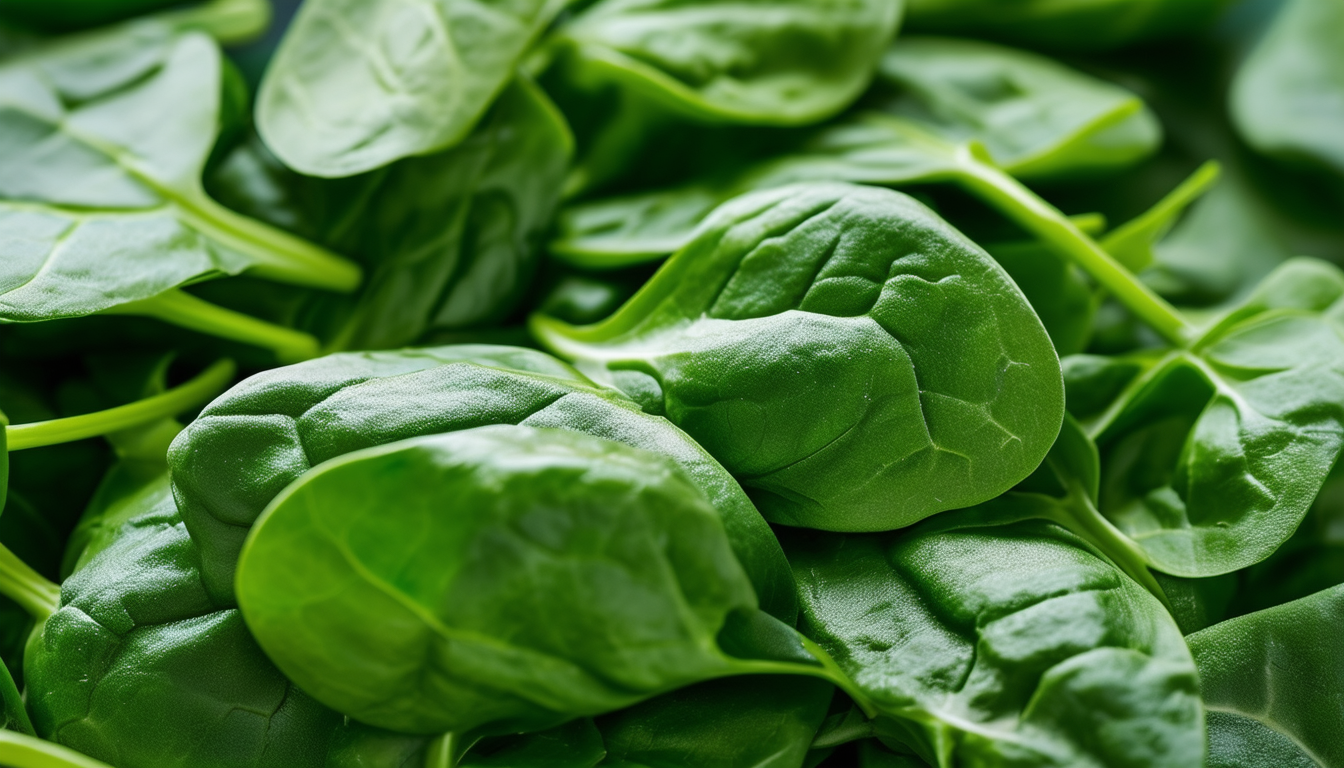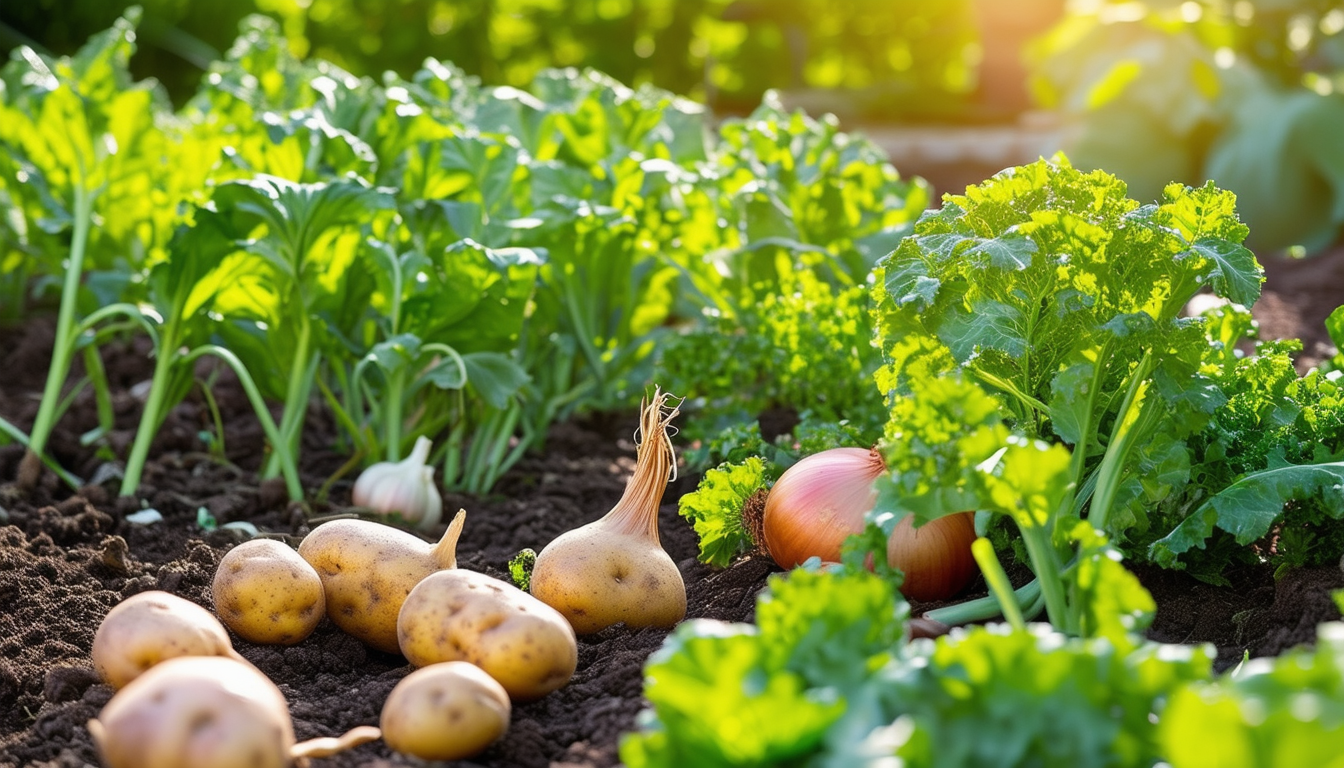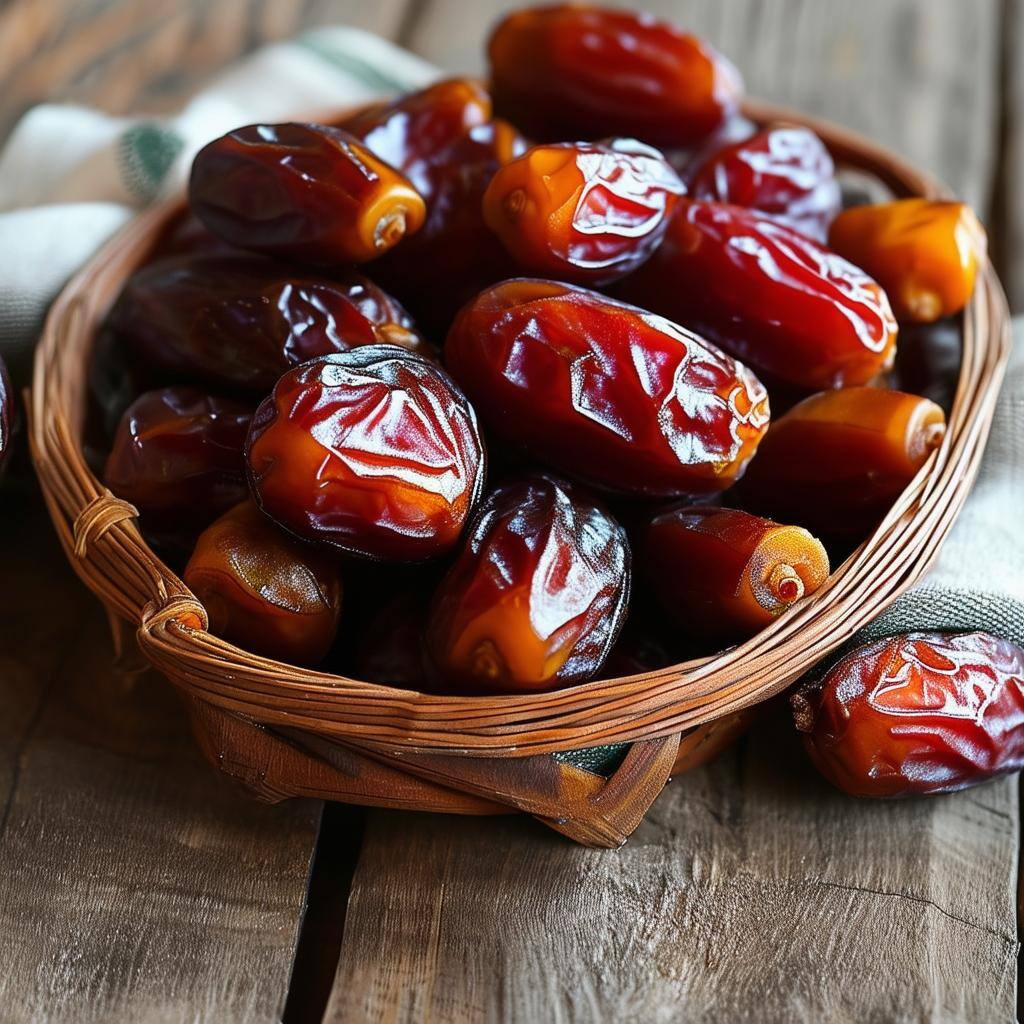
Discover the perfect succulent plants for beginner gardeners and transform your space into a vibrant, low-maintenance oasis.
Why Succulents Are Perfect for Beginner Gardeners
Succulents are an excellent choice for beginner gardeners due to their low-maintenance nature and resilience. These hardy plants are adapted to arid environments, meaning they store water in their leaves, stems, or roots, allowing them to thrive with minimal watering.
Moreover, succulents come in a wide variety of shapes, sizes, and colors, making them a versatile and attractive addition to any indoor or outdoor space. Their ability to withstand neglect and their general hardiness make them ideal for those who are new to gardening or who may not have a green thumb.
Essential Tips for Growing Healthy Succulents
To ensure your succulents grow healthy and strong, it's important to provide them with the right conditions. Firstly, place them in a location where they can receive plenty of bright, indirect sunlight. While some succulents can tolerate direct sunlight, most prefer filtered light to prevent scorching.
Watering is another critical aspect. Succulents should be watered thoroughly but infrequently. Allow the soil to dry out completely between waterings to prevent root rot. It's also essential to use well-draining soil and pots with drainage holes to avoid water accumulation at the roots.
Additionally, consider using a balanced, diluted fertilizer during the growing season to provide essential nutrients. Avoid over-fertilizing, as this can lead to weak, leggy growth.
Top Succulent Varieties for Beginners
Here are the top 10 succulent plants that are perfect for beginners:
1. **Aloe Vera** - Known for its medicinal properties, Aloe Vera is easy to care for and can thrive in various conditions.
2. **Echeveria** - With its rosette shape and vibrant colors, Echeveria is a popular choice for beginners.
3. **Jade Plant (Crassula ovata)** - This hardy plant is believed to bring good luck and is very easy to grow.
4. **Haworthia** - These small, rosette-forming succulents are perfect for indoor spaces.
5. **Sedum** - Also known as stonecrop, Sedum varieties are highly resilient and come in many shapes and sizes.
6. **Sempervivum (Hens and Chicks)** - These rosette-forming succulents are known for their ability to produce offsets, making them easy to propagate.
7. **Burro's Tail (Sedum morganianum)** - This trailing succulent is perfect for hanging baskets and requires minimal care.
8. **Zebra Plant (Haworthiopsis fasciata)** - With its striking white stripes, the Zebra Plant adds a unique touch to any collection.
9. **Panda Plant (Kalanchoe tomentosa)** - This fuzzy-leaved succulent is easy to grow and adds texture to your plant display.
10. **String of Pearls (Senecio rowleyanus)** - Known for its bead-like leaves, this trailing plant is perfect for creating a cascading effect.
Common Mistakes to Avoid When Caring for Succulents
One of the most common mistakes beginner gardeners make with succulents is overwatering. Remember, succulents store water in their leaves and do not need frequent watering. Overwatering can lead to root rot and ultimately kill the plant.
Another mistake is not providing enough light. While succulents are hardy, they do need bright light to thrive. Ensure they receive adequate sunlight, but be cautious of direct afternoon sun, which can be too intense for some varieties.
Using the wrong soil is another pitfall. Succulents need well-draining soil to prevent water from sitting at the roots. Avoid using regular potting soil, which retains moisture, and opt for a cactus or succulent mix instead.
Creating a Beautiful Succulent Display
Creating a stunning succulent display involves understanding the natural growth patterns and aesthetic appeal of different succulents. Start by selecting a variety of shapes, sizes, and colors to add visual interest.
Use containers that complement your decor and provide the right environment for your plants. Consider mixing succulents with different heights and textures to create a dynamic arrangement. For instance, combine trailing varieties like String of Pearls with upright plants like Aloe Vera or Echeveria.
Group succulents with similar care requirements together to make maintenance easier. Additionally, adding decorative elements like pebbles, rocks, or driftwood can enhance the display and give it a polished look.



